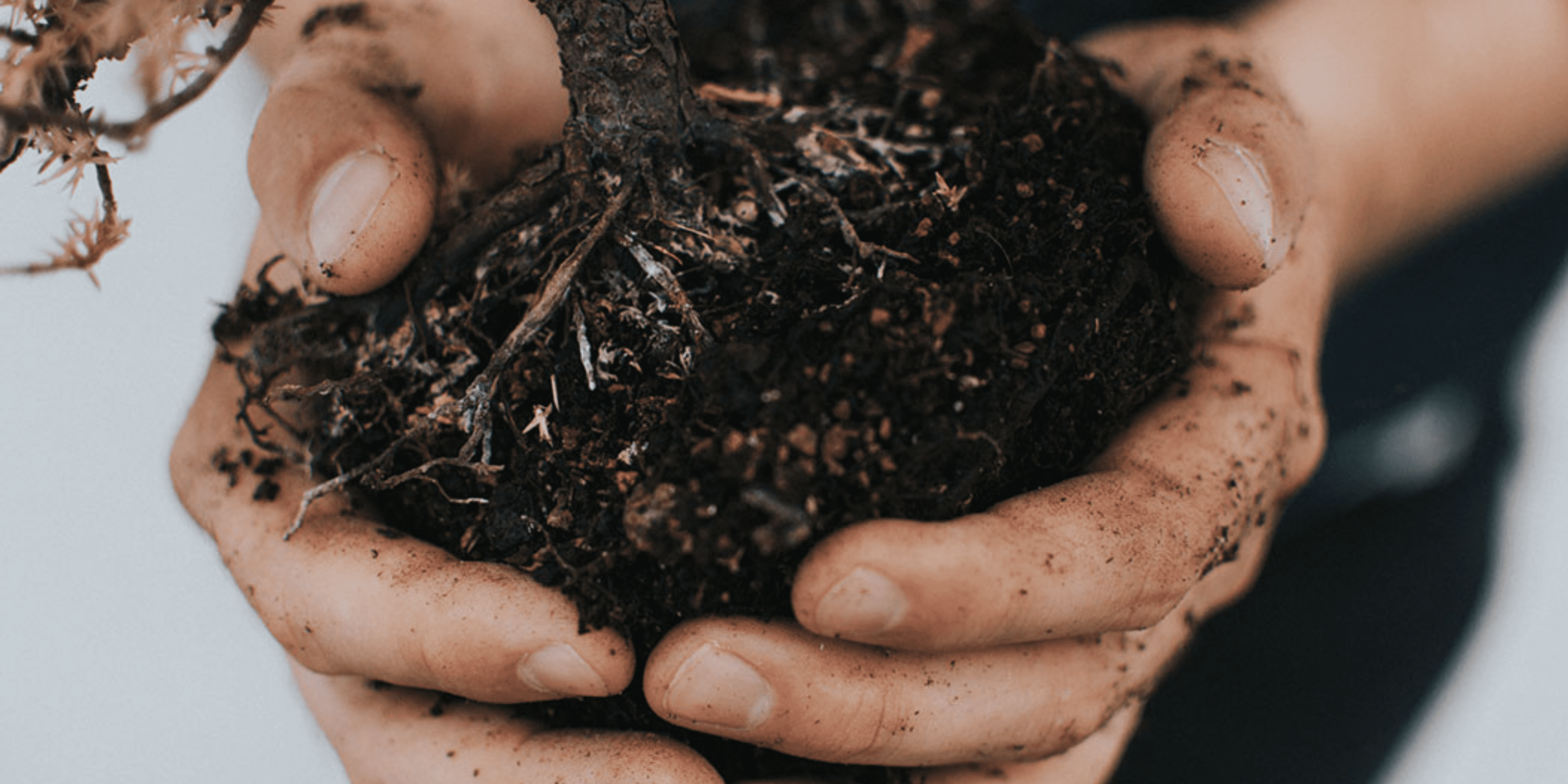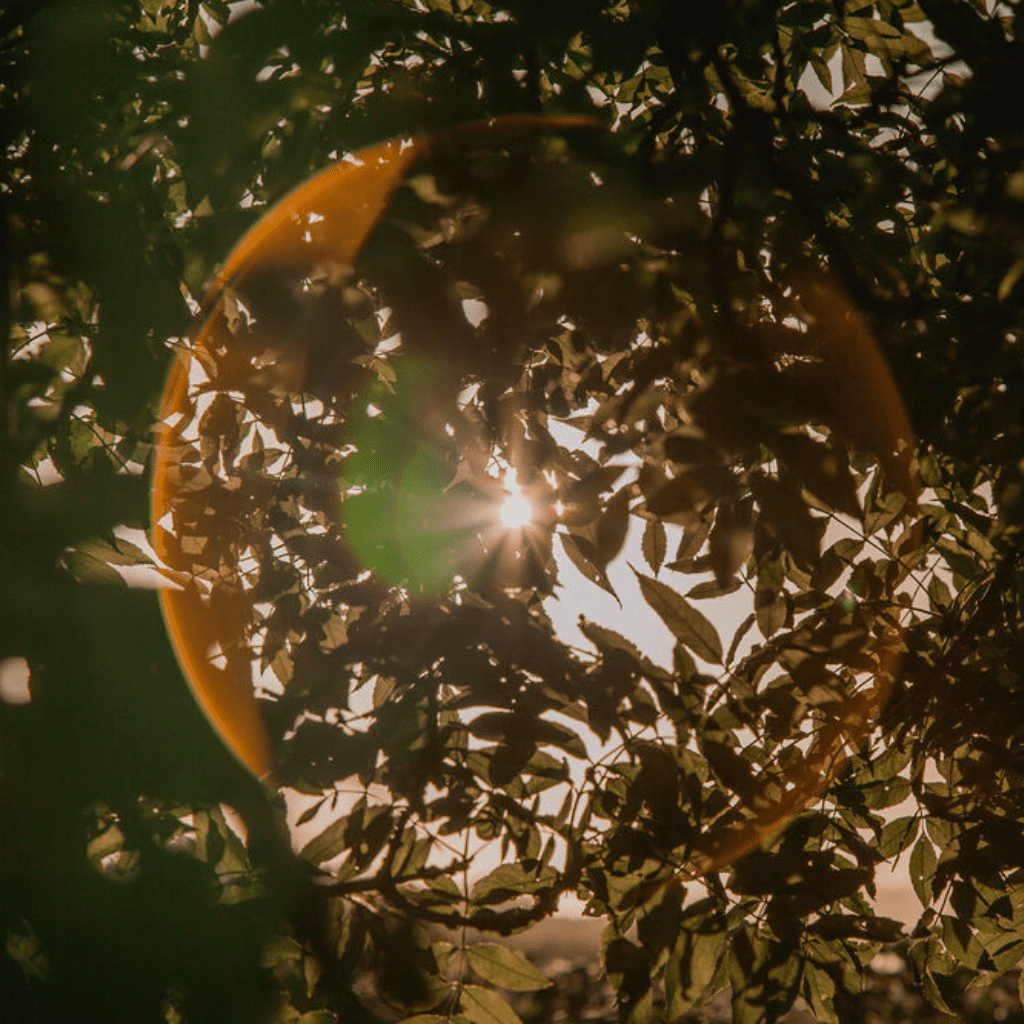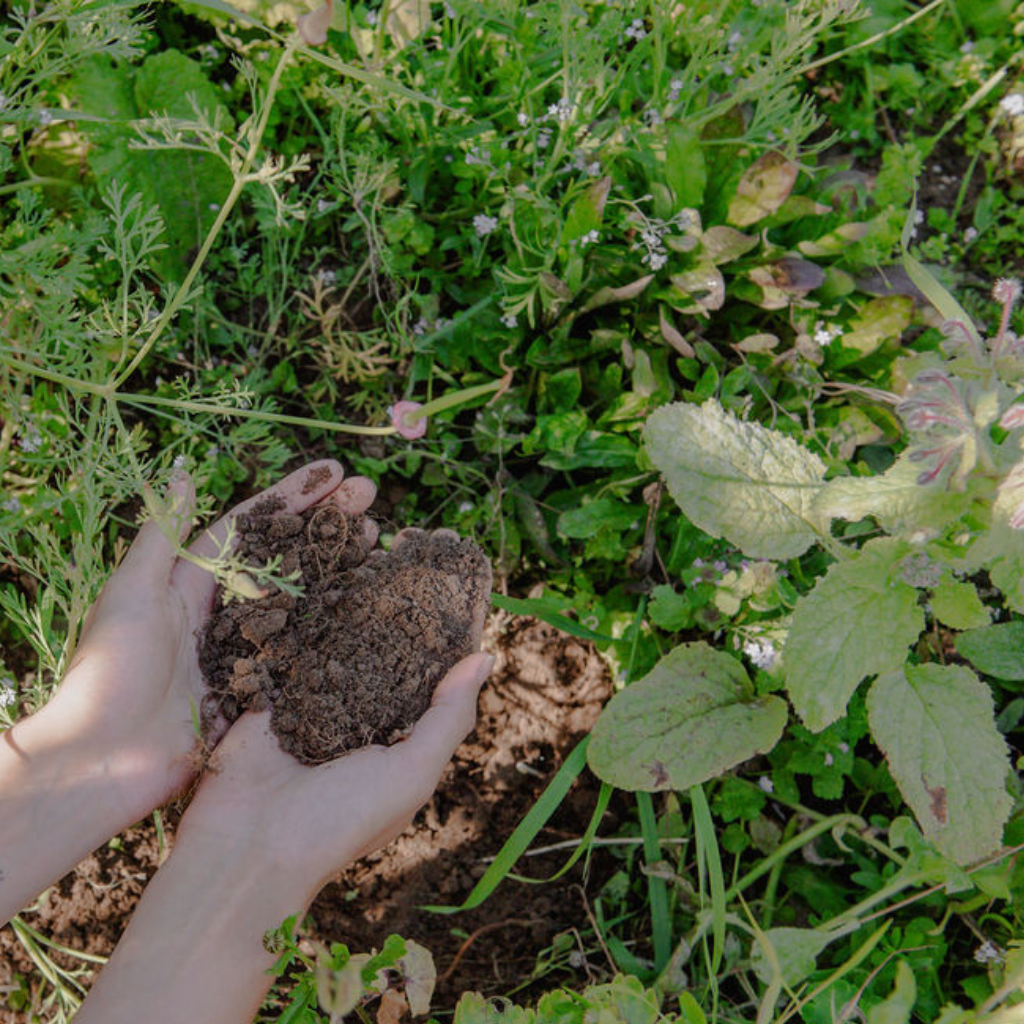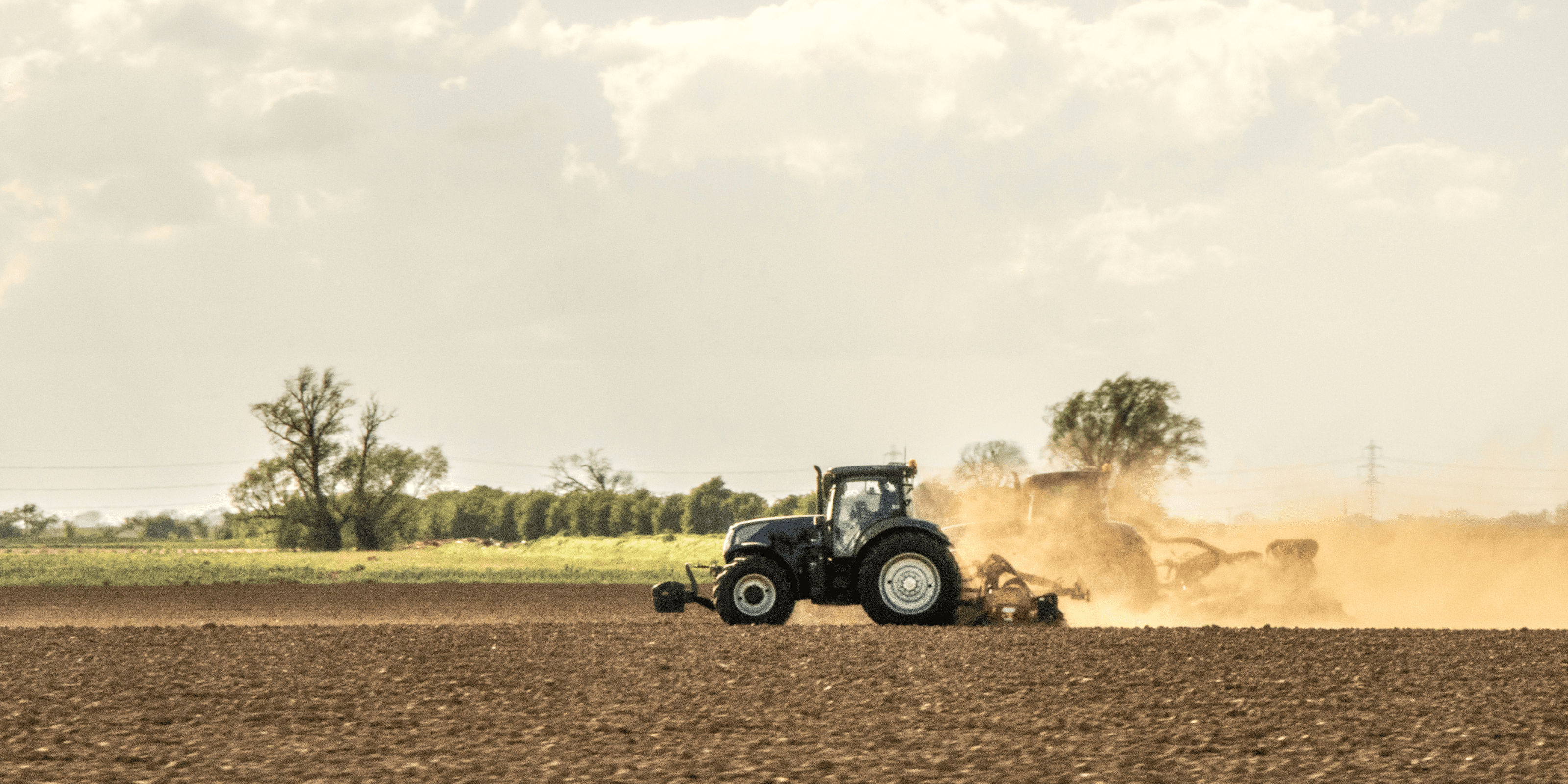Microorganisms are essential to the harmony of life underground
Microorganisms have existed for millions of years and have
successfully colonised every corner of the earth and every creature on it. They
complete the cycle of life through the process of fermentation and decomposition. They break down organic waste and use the remaining minerals and nutrients for regeneration, enabling soil, crops and livestock to flourish.
Most microbes are helpful and life enhancing; very few cause disease. A healthy soil microbiome contains trillions of diverse microorganisms doing thousands of different jobs, from keeping soils nutrient rich and supporting livestock health through to delivering nutrients to plants.
Without beneficial microbes there would be no life as we know it
“To live in a sustainable world we need to learn how to live in the cycle of life and make it real and sustainable. Effective microorganisms are very good at this. They naturally have an intelligence that will assist what is growing and also assist what is decaying.
They seem to know when to do what they need to do and they’ve been around for three and a half billion years. They were the first form of life on this planet and if we’re not careful they’ll be the last.”
Jeff Allen

Earthworms are perhaps the most important creatures that live in soil. They pass both soil and organic matter through their guts, in the process aerating the soil, breaking up the litter of organic matter on its surface and moving the material vertically from the surface to the subsoil. This develops the soil structure for plants and other organisms making it extremely important to soil fertility.




